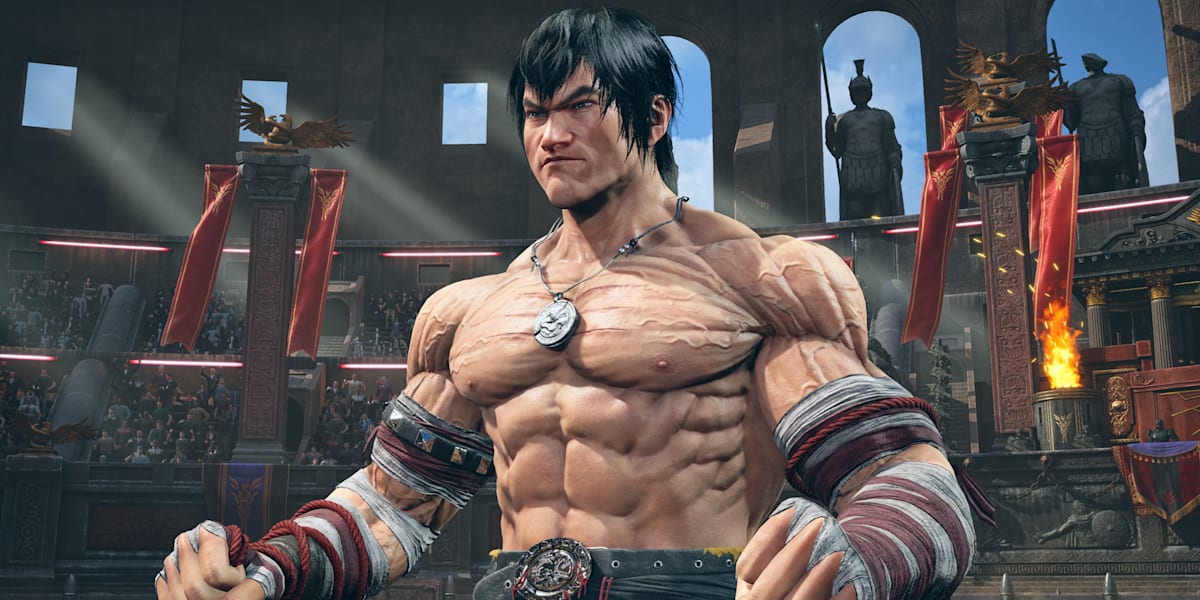Table of Contents
Introduction
Since its debut in 1994, Tekken has evolved from a groundbreaking arcade fighter into one of the most iconic franchises in the fighting game genre. Developed by Bandai Namco Entertainment, Tekken has captivated players with its intricate combat system, diverse roster of characters, and compelling narrative. This article explores the evolution of Tekken, examining its impact on the gaming industry and its journey through the years.
Origins and Early Success
Tekken first graced arcades with its innovative 3D fighting mechanics and a roster of 16 unique characters. It was notable for its use of a four-button control scheme flnewsdaily.com, allowing players to execute a wide range of moves and combos. The original Tekken set the stage for its successors by introducing the Mishima family feud—a central storyline that would become a cornerstone of the series.
The success of Tekken led to the release of Tekken 2 in 1995, which expanded on the original with improved graphics, a more refined combat system, and a larger roster. The sequel’s introduction of new characters and moves solidified Tekken as a leading name in fighting games.
The Golden Era
The late 1990s and early 2000s were a golden era for Tekken. Tekken 3 (1997) was a milestone, featuring a more dynamic gameplay experience with new characters and a significant upgrade in graphics. This installment is often hailed as one of the best fighting games of its time, thanks to its smooth animations, deep combat system, and the introduction of fan-favorites like Hwoarang and Jin Kazama.
Tekken 4 (2001) and Tekken 5 (2004) continued the series’ legacy with further improvements. Tekken 4 introduced a new movement system and interactive stages, while Tekken 5 brought back the series’ classic characters and added the popular Devil Jin. Tekken 5 also included the Devil Within mode, which allowed players to delve deeper into the lore of the Mishima family feud.
Modern Innovations and Global Impact
As technology advanced, so did Tekken. Tekken 6 (2009) and Tekken Tag Tournament 2 (2011) pushed the boundaries with enhanced graphics and new gameplay mechanics. Tekken 6 introduced a rage system, giving players a comeback mechanic that could turn the tide of a match. Tekken Tag Tournament 2 celebrated the series’ history by featuring a massive roster of characters from previous games.
The release of Tekken 7 (2015) marked a significant moment in the franchise’s history. With its Unreal Engine 4 graphics, Tekken 7 offered stunning visuals and refined gameplay. The game introduced new mechanics like the Power Crush and Rage Arts, and it concluded the long-running Mishima family saga with a dramatic finale. Tekken 7 was praised for its robust online play, extensive character customization, and engaging story mode.
The Future of Tekken
As of 2024, Tekken 8 is poised to continue the franchise’s legacy. Announced in 2023, Tekken 8 promises to bring new innovations to the series while honoring its storied past. With enhanced graphics, new mechanics, and a renewed focus on both single-player and multiplayer experiences, Tekken 8 aims to attract both longtime fans and newcomers alike.
Conclusion
Tekken has not only shaped the fighting game genre but also created a rich legacy through its evolving gameplay, deep narrative, and memorable characters. From its arcade origins to its modern iterations, the franchise continues to captivate audiences around the world. As Tekken 8 and future installments are on the horizon, it’s clear that the series will remain a cornerstone of competitive gaming and a beloved part of gaming history.

